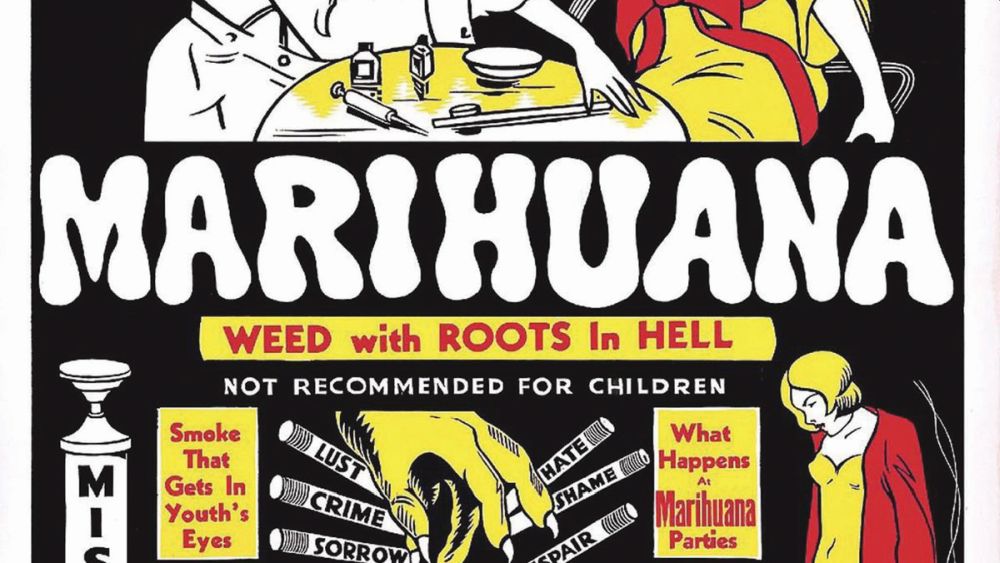As states began debating cannabis legalization in earnest 15 years ago or so, one of the main talking points of the prohibitionist crowd was that legalizing weed would cause consumption rates to soar among kids and teens.
This never made much sense. Kids are generally at least as afraid of their parents, and maybe school officials, as they are of the cops, and it’s not like those authority figures were going to suddenly be OK with their kids getting high just because pot was legal for adults. It’s illegal for kids to drink, after all, and most parents don’t allow their kids to consume booze. The ones who were willing to risk getting caught were already using weed, and very few of the ones who hadn’t been so willing started using it after adult-use legalization was passed.
There is also the theory that a lot of kids and teens use weed out of “rebellion”—that is, that they do so in part because it is illegal. There is likely a nugget of truth to that, though it seems unlikely to be a major motivating factor. The social research on this question is scant, but it sort of defies logic: If a kid doesn’t particularly care for an activity, he or she is unlikely to keep engaging it for any sustained period just to be “rebellious.”
The prohibitionists’ warnings were beyond predictable—“think of the children” has been the go-to argument of spreaders of moral panic since the beginning of civilization. But we now have loads of data showing that teens and kids don’t use pot any more frequently than they were before. More than a decade into the legalization era, 1979 remains the year of peak pot use among high-schoolers. It has see-sawed since then, but the trendline since legalization has been flat or decreasing. The legal status of cannabis seems to have little effect on whether a teenager decides to get high.
Pot’s legal status does, however, seem to be important to adults: When it’s legal, they use it more. None of this should be surprising. Think about yourself and your high school friends. Are you more prone to worry about whether you are breaking the law than you were as a teenager, or less so?
The same studies showing kids not caring one way or the other about legality also tend to show that adults are far more likely to use cannabis when it’s legal. Yet another new study bears this out. The annual Monitoring the Future survey, conducted by the University of Michigan and the National Institute on Drug Abuse, which looked at adult use in particular, found that 44% of adults aged 19-30 had used pot at least once in the preceding year, while nearly 30% of adults 35-50 had done so (the survey covered 2022). Nearly 30% of the younger cohort said they consumed cannabis at least once in the preceding month, while 17% of the older adults did. Those numbers have ratcheted up since state-level legalization began to spread.
Meanwhile, teen consumption remains generally flat or falling. Interestingly, NIDA found that people in their senior year of high school drank alcohol significantly more after the pandemic restrictions were lifted, but cannabis use among them decreased “significantly” in 2022, to 31% from 36% in 2019.
The same trends seem to apply to use of psychedelics: Kids don’t use them any more than they did when they were illegal, but adults do in areas where they have been legalized. Driven at least in part by reports that certain psychedelics have beneficial mental-health effects, past-year use of hallucinogens other than LSD nearly doubled among young adults in 2022 over the previous year, to 8%. It also doubled to 4% among the older cohort, and quadrupled among that group compared to the rate of use in 2018.
This is the kind of data that has led to so much investment money being poured into both the cannabis and psychedelics industries. Whether those investments yield good returns in the long run will depend far more on government policy, like whether the substances are legalized at the federal level, than on whether there are viable markets. There clearly are.



